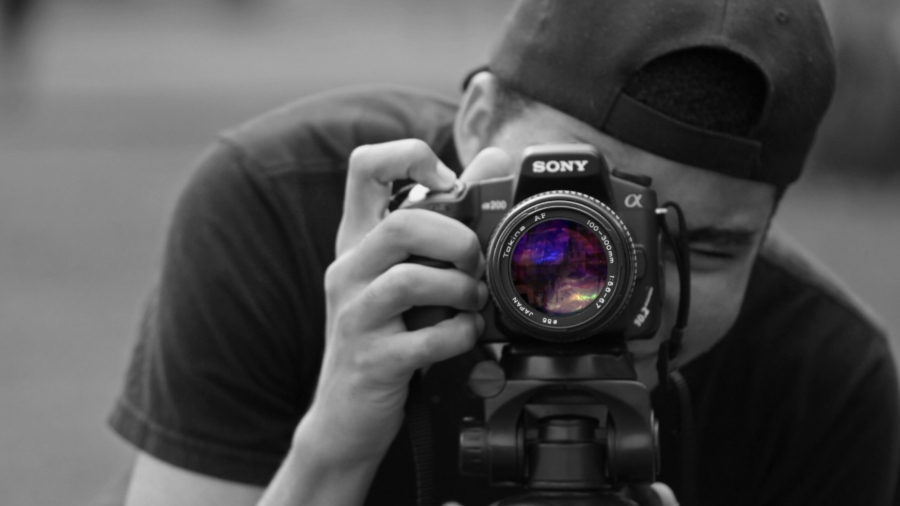Portrait photography is an art that requires a unique approach for different age groups. Whether you’re photographing a newborn, an energetic child, or an adult, understanding the nuances and techniques for each age group is essential to capturing the best images. In this blog post, we will explore portrait photography techniques for babies, kids, and adults, providing you with tips and tricks to create stunning portraits for each age group.
Table of Contents
Portrait Photography Techniques for Babies
1. Safety First: When photographing babies, safety is paramount. Ensure the environment is safe and comfortable. Use soft blankets and pillows to support the baby, and never leave them unattended.
2. Natural Light: Utilize natural light as much as possible. Position the baby near a window to take advantage of the soft, diffused light. Avoid harsh, direct sunlight.
3. Patience is Key: Babies can be unpredictable. Be patient and ready to capture those fleeting moments. Have your camera settings prepared in advance to avoid missing any shots.
4. Close-Up Shots: Focus on capturing the delicate features of the baby, such as tiny hands, feet, and facial expressions. Use a macro lens if available to highlight these details.
5. Simple Backgrounds: Keep the background simple and uncluttered. This helps to keep the focus on the baby and avoids distractions.
6. Props and Outfits: Use soft and neutral-colored props and outfits. Avoid anything too flashy or overwhelming, as the main focus should be on the baby.
Portrait Photography Techniques for Kids
1. Make it Fun: Kids can be full of energy and sometimes a bit uncooperative. Make the photo session fun and engaging. Use toys, games, and jokes to keep them entertained and relaxed.
2. Capture Candid Moments: Some of the best photos of kids are candid shots. Allow them to play and be themselves while you capture their natural expressions and movements.
3. Use Fast Shutter Speed: Kids are always on the move, so use a fast shutter speed to avoid blurry images. This helps in freezing their actions and capturing sharp photos.
4. Get Down to Their Level: Photographing kids from their eye level can create more engaging and intimate portraits. Kneel or sit on the ground to achieve this perspective.
5. Focus on Expressions: Kids are known for their expressive faces. Focus on capturing their joy, curiosity, and other emotions. These expressions make for memorable portraits.
6. Creative Composition: Experiment with different compositions and angles. Use wide shots to capture the environment and close-ups for detailed expressions.
Portrait Photography Techniques for Adults
1. Communicate and Connect: Building a rapport with your adult subjects is crucial. Make them feel comfortable and relaxed by engaging in conversation and giving clear instructions.
2. Lighting Techniques: Experiment with different lighting setups. Use softboxes, reflectors, and diffusers to create flattering light. Pay attention to the direction and quality of light to highlight the subject’s features.
3. Posing Tips: Guide your subjects on how to pose naturally. Avoid stiff and uncomfortable poses. Instead, focus on natural and relaxed postures that suit their personality.
4. Background and Environment: Choose a background that complements the subject. Use shallow depth of field to blur the background and make the subject stand out.
5. Capture Genuine Expressions: Encourage your subjects to express genuine emotions. Whether it’s a smile, a thoughtful look, or a laugh, these expressions add authenticity to the portraits.
6. Post-Processing: Use editing software to enhance the portraits. Adjust the exposure, contrast, and color balance to bring out the best in your photos. However, avoid over-editing, as it can make the images look unnatural.
FAQs
Q: How can I make a baby comfortable during a photoshoot? A: Ensure the environment is warm and quiet. Use soft blankets and gentle music. Keep the session short to avoid overstimulation.
Q: What camera settings should I use for kids’ photography? A: Use a fast shutter speed (1/250s or faster) to capture their movements. A wide aperture (f/2.8 or wider) helps in creating a shallow depth of field.
Q: How can I make adults feel less awkward in front of the camera? A: Engage in conversation, make them laugh, and provide clear instructions. Showing them some of the shots during the session can also boost their confidence.
Q: What is the best time of day for outdoor portrait photography? A: The golden hour (shortly after sunrise or before sunset) provides soft, warm light that is ideal for portrait photography.
Q: How do I choose the right lens for portrait photography? A: For babies and kids, a 50mm or 85mm lens works well. For adults, a 85mm or 135mm lens is ideal for capturing flattering portraits.
Conclusion
Portrait photography is a rewarding and creative process that varies greatly with different age groups. By understanding and applying the specific techniques for babies, kids, and adults, you can capture beautiful and timeless portraits. Remember to be patient, communicate effectively, and always focus on making your subjects feel comfortable. Happy shooting!


Add a Comment